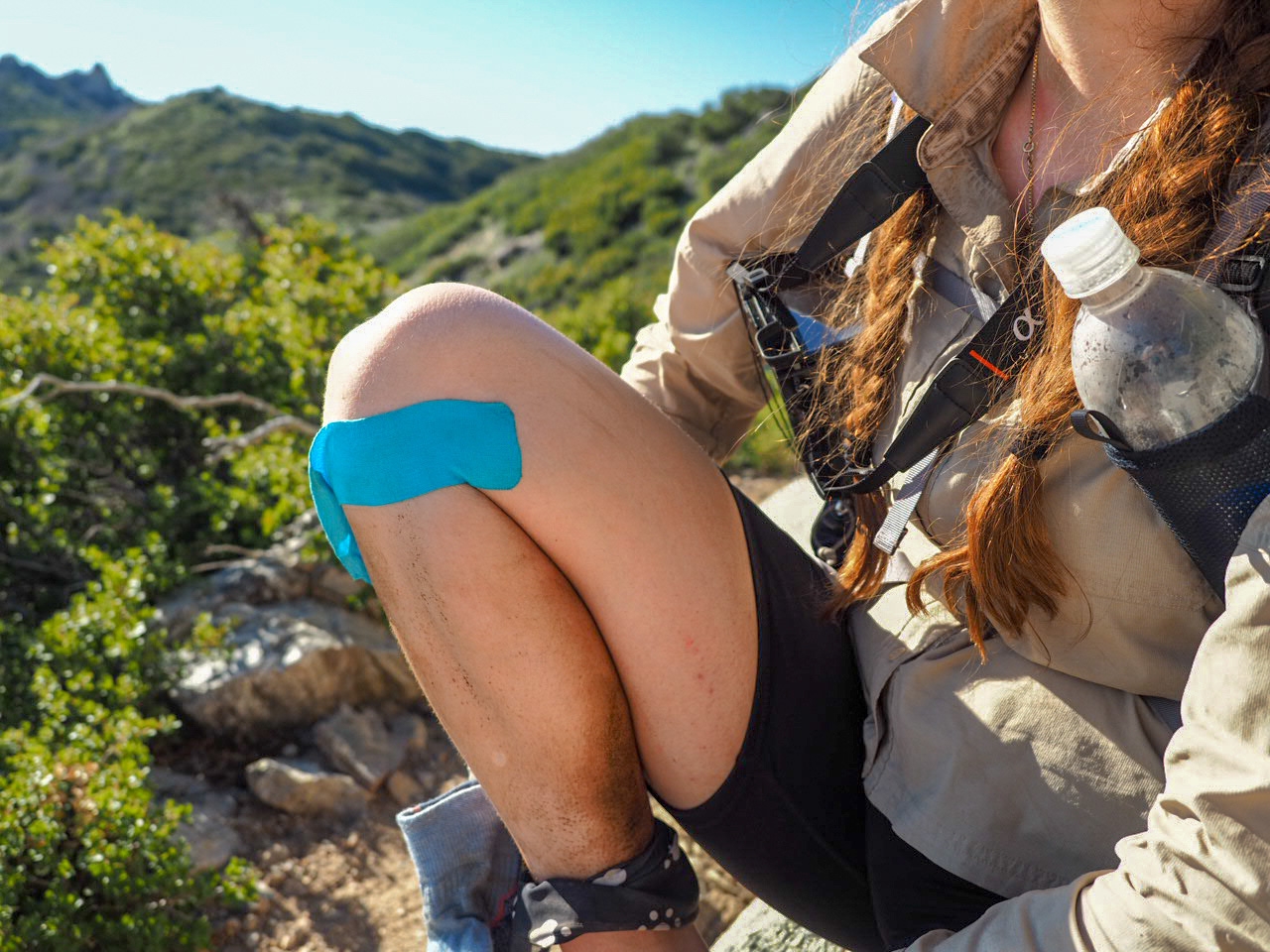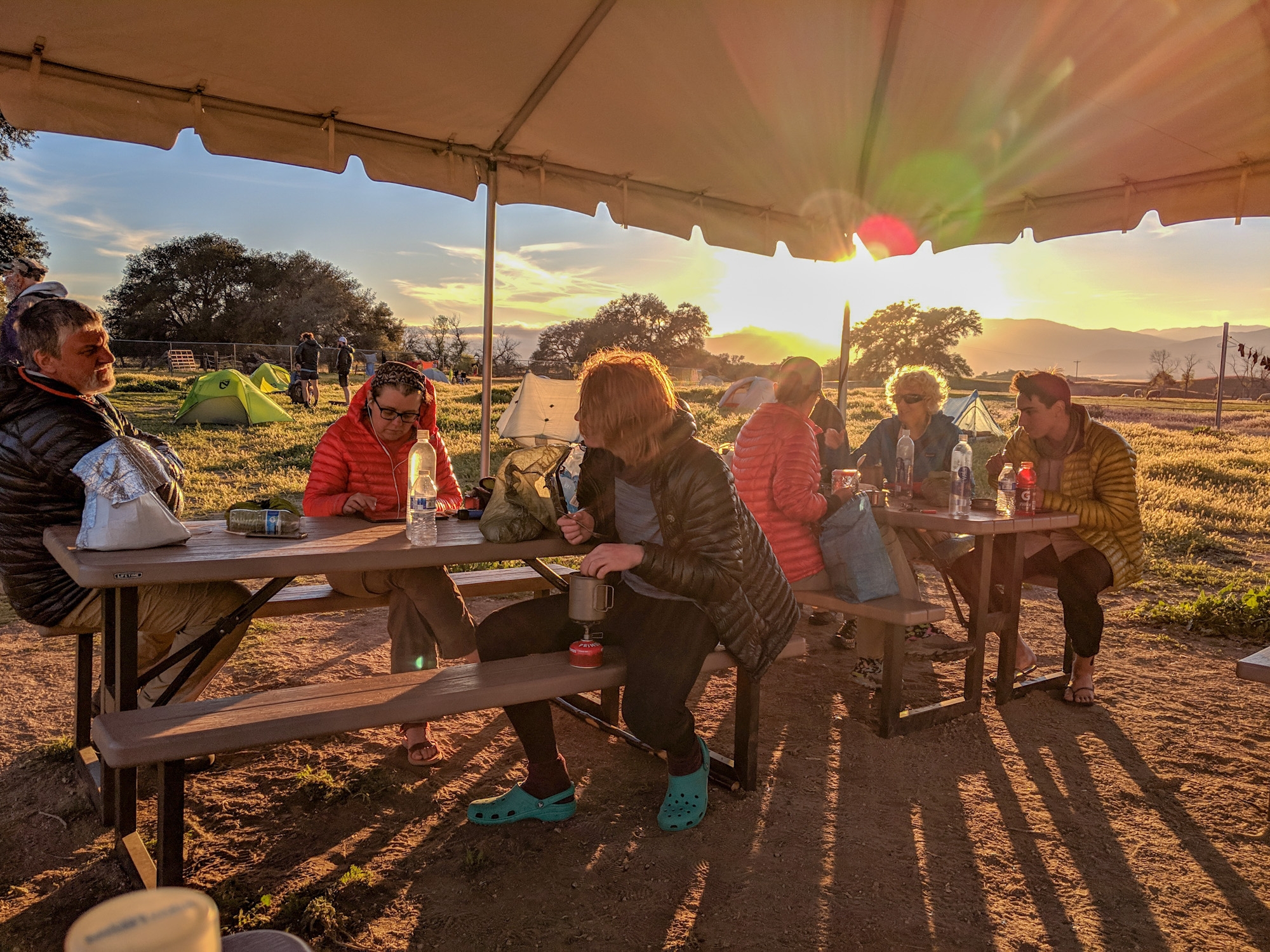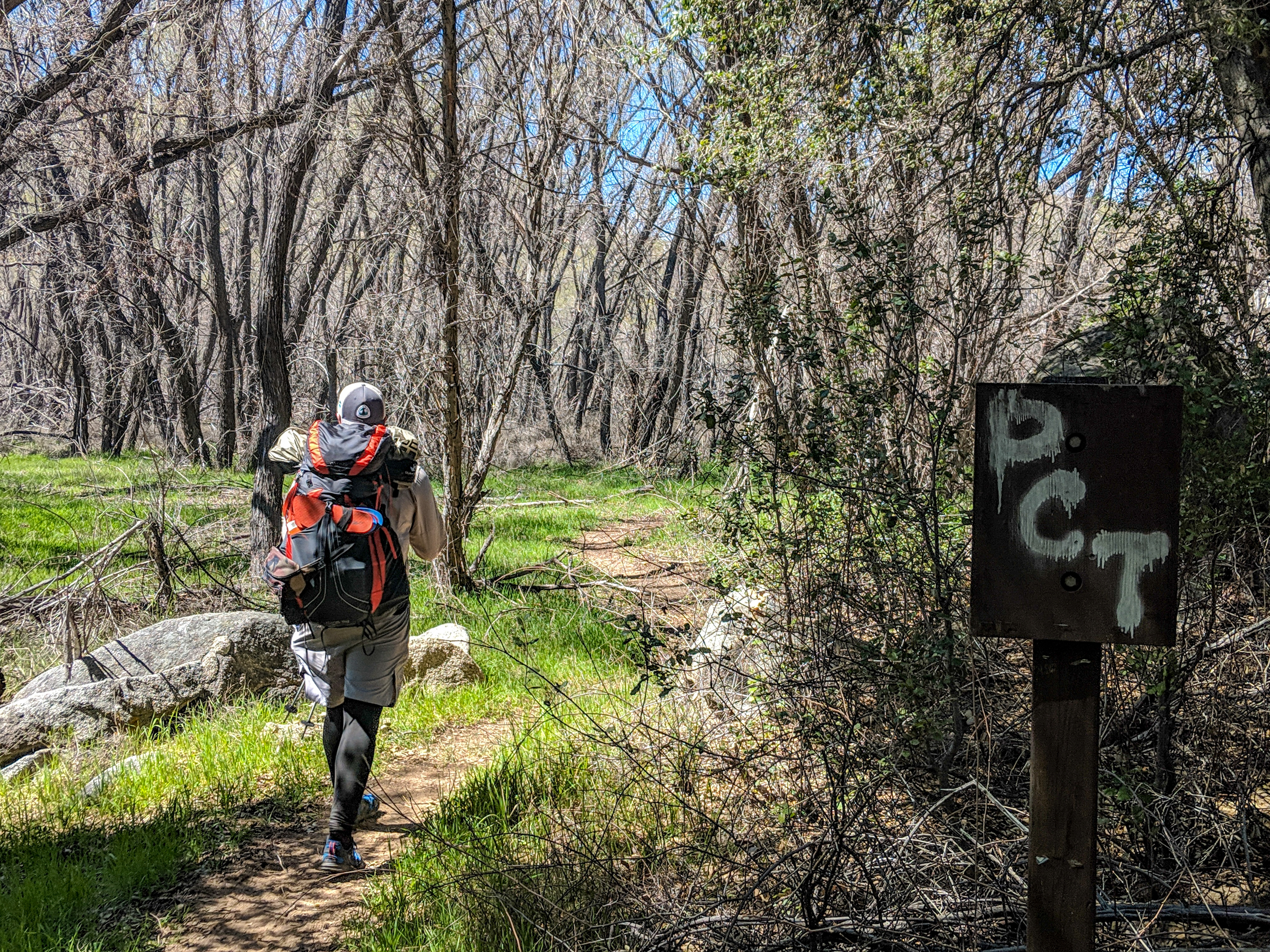The Isolation and Loneliness of a Thru-Hike
The trail is a very odd place, as a culture. It doesn’t follow the same rules for culture and society as we experience them off trail. We form bonds very quickly, often before we even know each other’s names. We generally dispense with a lot of the hollow and meaningless conversations of day-to-day life. The artificial guarding walls that separate most interactions, keeping us from connecting our authentic selves with those around us, are rare. We’re all on the same arduous but rewarding journey, so friendships are made quickly and the community is tight-knit.

The Friendships Are Forever, but Trail Families Are Not
Our paces vary so much. Especially in the beginning while your body is adapting to the rigors of trail and while you are learning the skill that is long-distance backpacking. Figuring out when you want and need to get up, when to take breaks, when you need days off, and how many miles a day your body can sustain. We come from so many different backgrounds of health, fitness, and activity. Any group of thru-hikers starting together is going to have a mix of styles and speeds. This changes over time for everyone. Often rapidly in the beginning, while sometimes it’s a slow evolution over many weeks or months. In either case, it can make it very hard to stick with the hikers you have come to call family.

Inevitably emergencies or life events will take people off trail. Some unforeseen and unstoppable, others planned. Injuries and illnesses, deaths, weddings and graduations, stressed relationships, sudden costs, and endless other possibilities come up for us all.
For some trail families, separations happen because the addition of people who just aren’t compatible, as with any group of friends or friction among blood families.
Sometimes people are just done hiking, and leave.
The Cost
So in the middle of this tight-knit community, this like-minded tribe set out on the same pilgrimage, isolation and loneliness can be very real. It can be in spurts, or a constant part of your experience. Even later in the trail injuries still happen, money gets thin, and the bubble shrinks and disperses.

Even without injuries, we’ve seen many hikers spending their days crying on and off. Some because of the pain and effort to catch up. Others being held back by slowing down, feeling Canada get farther away. The hike simply isn’t theirs anymore, and the reasons they started can be harder to find.

Finding Ourselves Alone
My wife and I are on this journey together, and while that helps enormously, it does not make us immune. Immune to watching friends be taken off the trail, or disappear into the distance of the vast journey north. Or to simply watching people who could be friends pass us by, never seeing them again. Sometimes our connections can be measured in miles or minutes.


We quickly exchange Instagram (an apparent trail favorite) and other contact info. We stay in touch and chat as we’re able to, passing info and trail reports south. But it’s not the same. Naturally, it’s far more intense for those traveling solo, and more likely for SOBOs.
Finding Community
I wouldn’t say we are lonely, but the isolation is palpable. It’s not rare for us to be invited to join the dinner circle of a tramily we share a camp with, but we know it’s only for the night, because of our slower pace. We may leapfrog for a day or two, but rarely for much longer. We know we’re part of this community, but the literal and metaphorical distance can be hard to deal with, month on month.

I try to make the most of these times to chat and simply take in the experience of this shared journey. Luckily, while not everyone is a social butterfly, I don’t think I’ve met anyone who didn’t enjoy the community. Social anxieties don’t seem to exist much out here, and everyone is friendly. I ask for some pictures and try to get some interviews. I do what I can to help other hikers while we’re temporarily holding still. All of it gives us a chance to be social for a time. And then we break off in groups and one by one, to continue the great journey north.

Coming to Terms
We still love this life, but also know we may not find anyone with our pace to consistently hike with for quite some time, and don’t expect it any sooner than Northern California. We just have to accept this as part of the journey and soak up the good inherent in the rest of this incredible way of life.
As many of us find out at some point on this trail, it’s simply not always possible to stick with a group. Not that putting effort into sticking together is a bad thing, but trying to force it too hard seldom works out well. As with all other parts of trail life, we put in our effort and all things must come organically.

This website contains affiliate links, which means The Trek may receive a percentage of any product or service you purchase using the links in the articles or advertisements. The buyer pays the same price as they would otherwise, and your purchase helps to support The Trek's ongoing goal to serve you quality backpacking advice and information. Thanks for your support!
To learn more, please visit the About This Site page.

